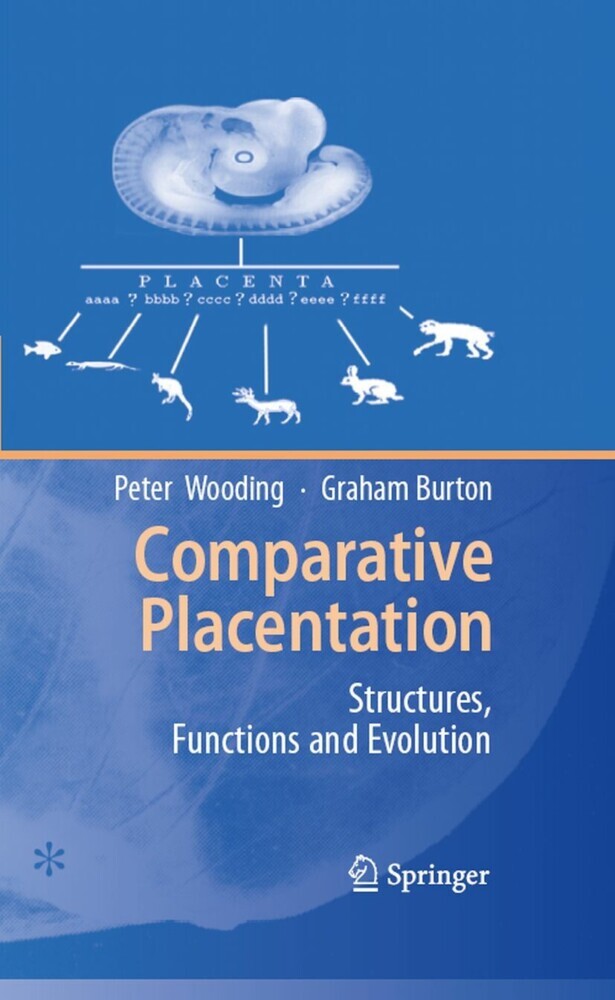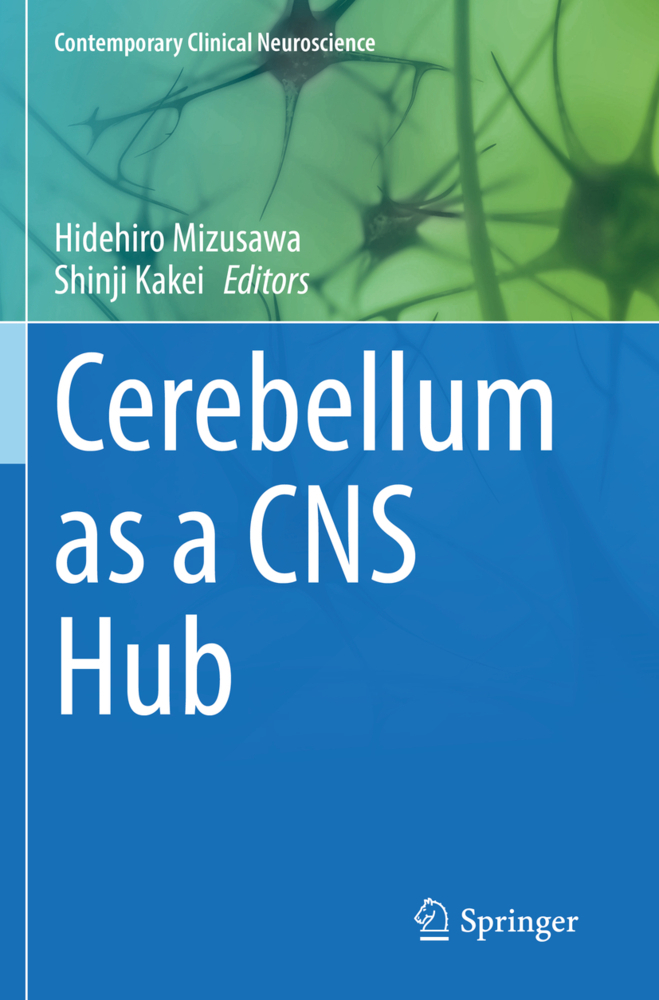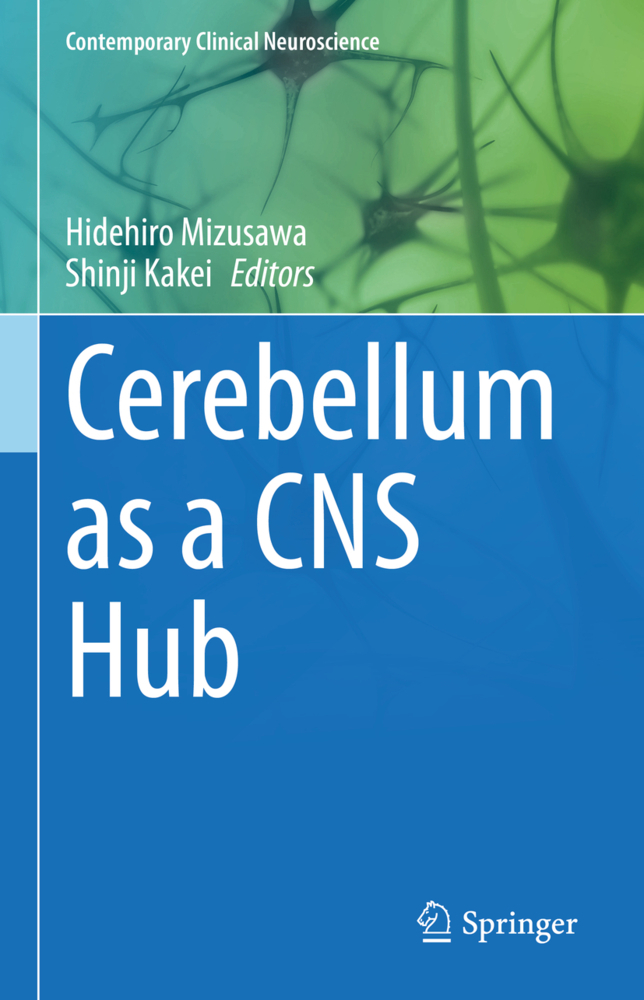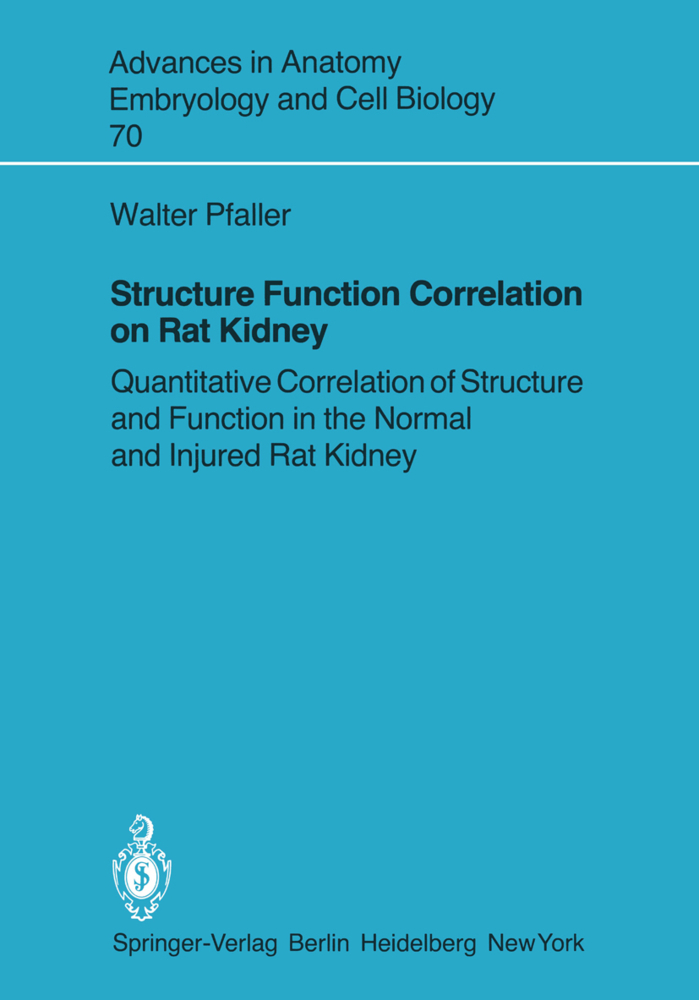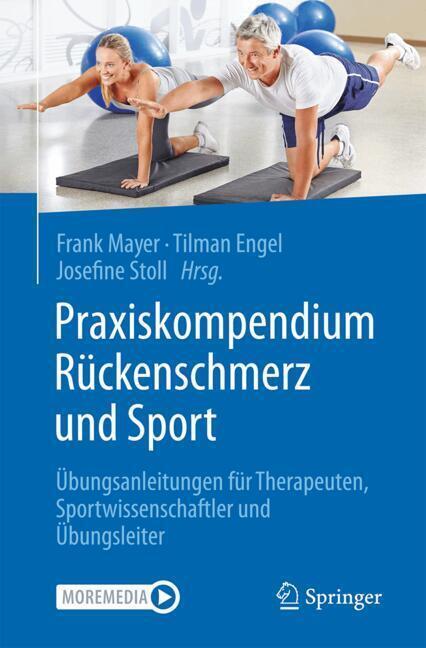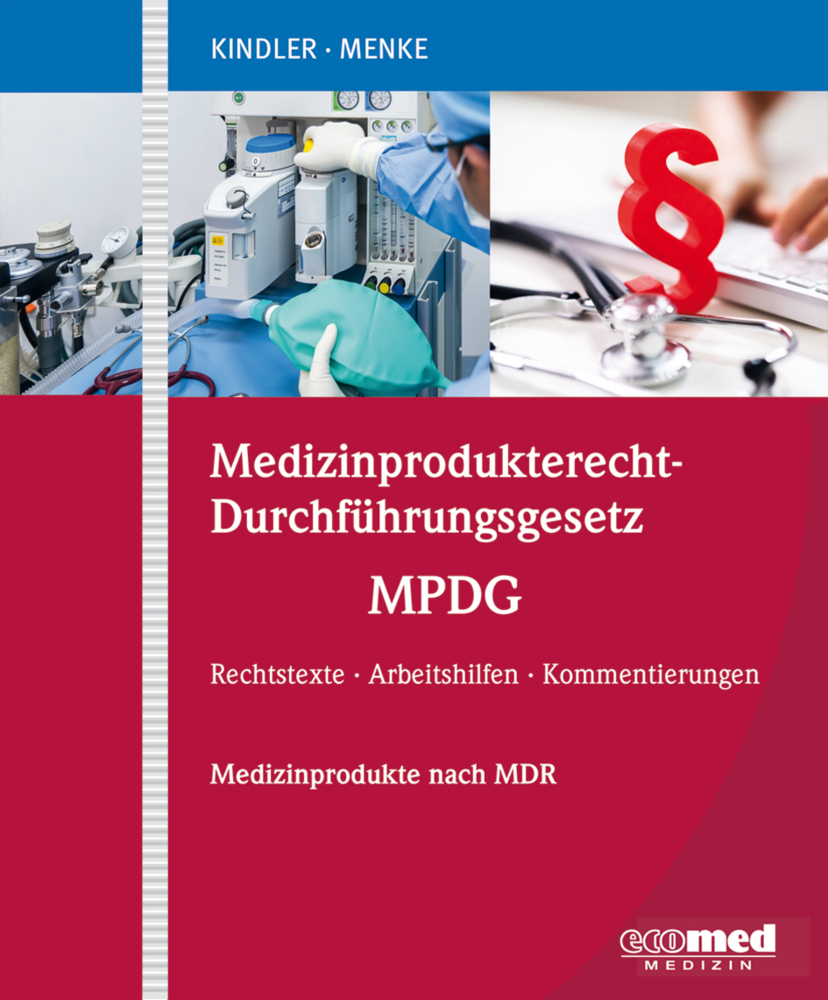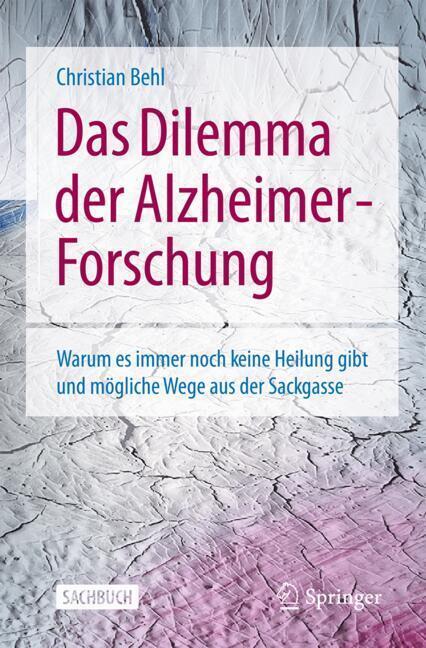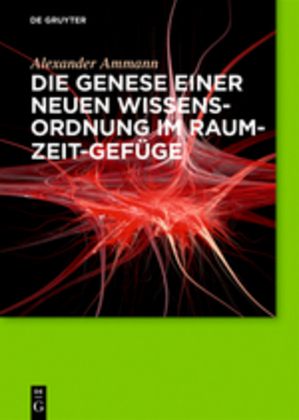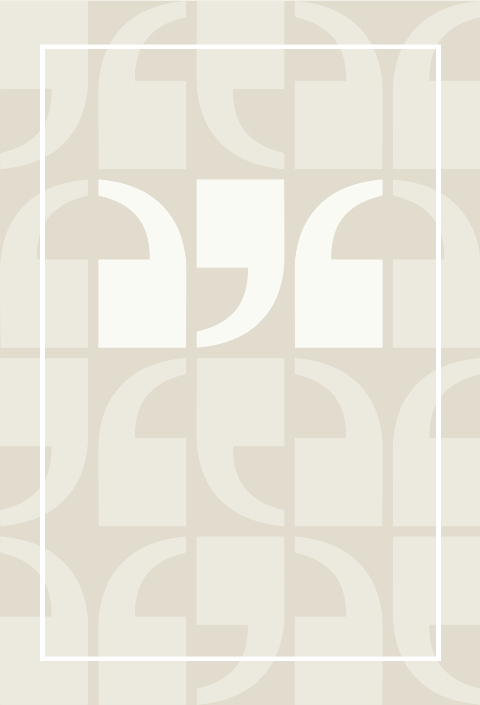Comparative Placentation
Structures, Functions and Evolution
Science produces fascinating puzzles: why is there such a range of placental structures when other mammalian organs are so structurally uniform ? Why and how did the different placental structures evolve ? Comparative placental studies can facilitate the identification of the common factors in placental growth, differentiation and function and their relevance to possible evolutionary pathways. Comparative Placentation is the only book presenting up-to-date data illustrating the great variety of structure but uniform function of vertebrate placentas from fish to man. This information is essential for selection of suitable models to investigate particular practical problems of impaired or anomalous growth in human and animal placentation. The unique collection of the best light and electron micrographs from the last thirtyfive years which precisely illustrate the structural range in each taxon, make the book the most authoritative publication in this field and a vital source of information for anyone interested on reproductive physiology, anatomy and medicine.
1;Acknowledgements;52;Contents;73;Placentation Fundamentals;123.1;1.1 Introduction;123.2;1.2 General Characteristics and Definitions;133.3;1.3 Choriovitelline (Yolk Sac) Placentation;193.4;1.4 Chorioallantoic Placentation;213.5;1.5 Types of Yolk Sac Placentation;333.6;1.6 Types of Chorioallantoic Placentation;363.7;1.7 Decidual Tissue, Structure and Functions;464;Implantation, Maternofetal Exchange and Vascular Relationships;584.1;2.1 Implantation;584.2;2.2 Maternofetal Exchange;664.3;2.3 Vascular Relationships;835;Fish, Amphibian, Bird and Reptile Placentation;945.1;3.1 Fish;945.2;3.2 Amphibia;1025.3;3.3 Aves;1035.4;3.4 Reptilia;1036;Monotreme and Marsupial Placentation;1106.1;4.1 Introduction;1106.2;4.2 Prototheria (Monotremata);1106.3;4.3 Metatheria (Marsupialia);1127;Eutheria: Epitheliochorial Placentation Pig and Horse;1167.1;5.1 Introduction;1167.2;5.2 Pig, Sus scrofa;1167.3;5.3 Horse, Equus caballus;1258;Synepitheliochorial Placentation: Ruminants ( Ewe and Cow);1448.1;6.1 Introduction;1448.2;6.2 Sheep, Ovis aries; Cow, Bos taurus;1499;Endotheliochorial Placentation: Cat, Dog, Bat;1809.1;7.1 Introduction;1809.2;7.2 Dog , Canis familiaris; Cat, Felis domestica;18010;Haemochorial Placentation: Mouse, Rabbit, Man, Apes, Monkeys;19610.1;8.1 Introduction;19610.2;8.2 Haemotrichorial: Mouse, Mus musculus; Rat, Rattus norvegicus;19810.3;8.3 Haemodichorial: Rabbit, Oryctolagus cuniculus;20710.4;8.4 Haemomonochorial: Human, Homo sapiens;21310.5;8.5 Haemomonochorial: Other Anthropoids;22410.6;8.6 Haemochorial Placentation: Variety of Interhaemal Layers;23411;Placental Immunology, Viviparity, Evolution;24211.1;9.1 Immunology;24211.2;9.2 Viviparity;24711.3;9.3 Evolution;25112;Hybridisation, Cloning and Fetal Origins of Adult Disease;25612.1;10.1 Hybridisation;25612.2;10.2 Cloning;25712.3;10.3 Fetal Origins of Adult Disease;25813;References;26014;Index;304
| ISBN | 9783540787976 |
|---|---|
| Artikelnummer | 9783540787976 |
| Medientyp | E-Book - PDF |
| Auflage | 2. Aufl. |
| Copyrightjahr | 2008 |
| Verlag | Springer-Verlag |
| Umfang | 301 Seiten |
| Sprache | Englisch |
| Kopierschutz | Digitales Wasserzeichen |

